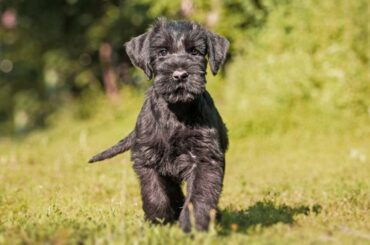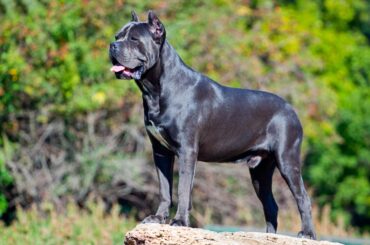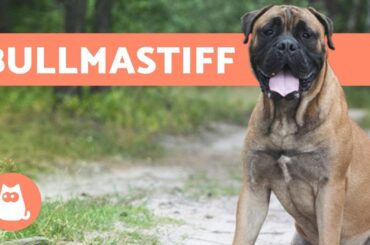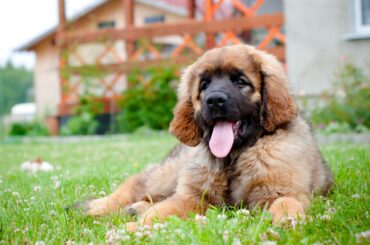Great Pyrenees Dog – The Pyrenean Mountain Dog, also known as the Patou in France, is a breed of livestock guardian dog. The Pyrenees Mountains, which split France and Spain, are home to this breed. It is distinguished from the Pyrenean Mastiff, a similarly related breed from the Spanish side of the Pyrenees. On average, The Great Pyrenees Price costs between $1,000 and $2,500 for a Great Pyrenees puppy from a reputable breeder.
Madame de Maintenon and Louis, Dauphin of France, sent a dog of this type to King Louis XIV’s court in the seventeenth century, where it quickly became popular, with the King even calling it the Royal Dog of France. Pyrenean Mountain Dogs; Great Pyrenees Dog were employed as one of the foundation breeds for the Leonberger in the 1830s.
Local shepherds sold pups to eager tourists, and it was through these pups that the breed made its way to Britain, where several were registered with The Kennel Club at the turn of the century, despite a drop in British interest in the huge breed during WWI. Bernard Senac-Lagrange, a French aristocrat and dog authority, is credited with saving the breed from extinction at the turn of the twentieth century by traveling the highlands in search of the best specimens to use as a breeding ground. The Pyrenean Mountain Dog was brought to North America in the early 1930s and given the name Great Pyrenees.
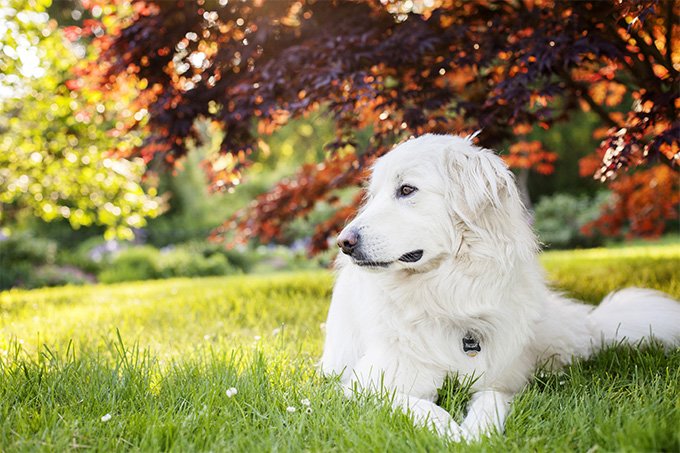
These dogs, on the other hand, bore little similarity to the beautiful Pyrenees that were formerly so revered. In England, interest in the breed has waned. Fortunately, the species was still plentiful and of high quality in its original mountain range, allowing later fanciers to access good breeding stock. The current Pyrenees can be traced back to these dogs. The breed was seriously imported to America in the 1930s, and by 1933, the Great Pyrenees had earned AKC registration. The breed drew a lot of attention as well as new owners, and the Great Pyrenees is still a popular family companion today.
Table of Contents
Great Pyrenees Body Description
The Great Pyrenees Dog is a huge and powerful livestock guardian dog breed. The head of the breed is not excessively enormous in proportion to the body; it has a long, broad, and slightly pointed muzzle with non-pendulous lips and small triangular ears that hang flat to the head. The breed features a short, powerful neck, a broad, relatively deep chest, and a long tail that hangs low when at rest but curls over the dog’s back when roused.
On the hind legs, it has two dewclaws. Great Pyrenees Dog range in height from 28 to 32 inches, while bitches range from 26 to 30 inches. Adults should weigh between 55 and 75 kilos (121 and 165 pounds) in good health.
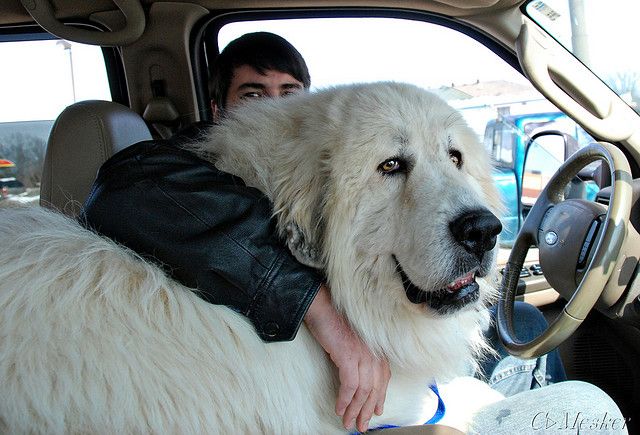
The breed has a long and thick double coat that protects it from the elements; the long and flat outer coat is especially long around the neck, tail, and back of the legs, and the undercoat is fine and dense. The coat of the breed is mostly white, with patches of black, badger, grey, or various hues of tan seen mostly on the head; badger is a mixture of brown, black, grey, and white hairs that is frequent in pups but disappears as the dog grows older.
Great Pyrenees Behavior
- Pyrenean Mountain Dogs are noted for their independence and protective temperament, which appeal to farmers who want to protect their cattle.
- This breed is also popular in large houses, not only because of its size but also because of its great capacity to guard all members of the family, as well as being especially devoted toward youngsters; yet, it is known to be apprehensive of strangers. While gentle with family and children, the Great Pyrenees has a strong, independent personality.
- They should be kept on a leash because they are wanderers. The Great Pyrenees barks naturally as a guard dog.
How to Train Great Pyrenees
Because of its size, training must begin at a young age, otherwise, it will become physically difficult to develop obedience later. Because of this breed’s protective temperament, early socialization is very crucial.
Exposure to as many different people, places, and circumstances as possible will help lessen any extreme protectiveness, especially when the Great Pyrenees is a puppy. Because the Pyrenees are independent and even stubborn, patience is required throughout training. Positive reinforcement should be used for the dog during training. I will beseech thee to make sure your great Pyrenees dog is properly trained due to Great Pyrenees Price which will be a good deal whenever anyone is interested in getting a puppy from you.
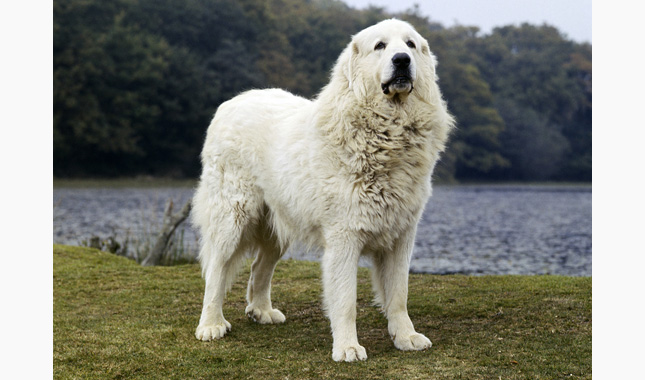
Great Pyrenees Caring
To stay in condition, the Great Pyrenees Dog requires daily exercise which is between 20-30 minutes each day. In most cases, a moderate walk will suffice. Hiking is a favorite pastime for this breed, especially in the cold and snow, although it does not perform well in hot weather.
Brushing this dog’s coat once or twice weekly, and daily when shedding, is required. Some dogs of this breed have a tendency to drool. With good caring and training, Great Pyrenees Price will be a good deal for its breeder.
Great Pyrenees Health
Torsion of the stomach Hip Dysplasia, Elbow Dysplasia, Patellar Luxation, Addison’s Disease, Cataracts, and Entropion are just a few of the disorders that plague the Great Pyrenees Dog.
Great Pyrenees German Shepherd Mix
Pyrenees Shepherd or Shepnees can be well known as the Great Pyrenees German Shepherd Mix which is a crossbreed between the Great Pyrenees and the German Shepherd dog breeds.
Great Pyrenees Price on average is between $1,000 and $2,500 for a Great Pyrenees puppy which can also be factored when interested in buying the Pyrenees Shepherd
Let’s briefly discuss the general characteristics of the Great Pyrenees German Shepherd mix
- Pyrenees Shepherd are usually large dogs with a sturdy build, a well-muscled body, and a dense double coat
- Pyrenees Shepherd coat can be medium to long in length and may come in various colors, including white, black, tan or a mix combo of all these colors
- Pyrenees Shepherd are typically large in size, ranging from 22 to 32 inches (56 to 81 cm) at the shoulder.
- Shepnees weight varies in size, on average, Shepnees weigh between 70 to 120 pounds (32 to 54 kg).
- Pyrenees Shepherd Dog Breed is loyal, protective, and intelligent.
- Pyrenees Shepherd is of high energy levels and requires regular exercise to stay happy and healthy.
- Pyrenees Shepherd enjoys activities like hiking, jogging, or obedience training.
Great Pyrenees Lab Mix
Pyrador best known to the Great Pyrenees lab mix, is a crossbreed between a Great Pyrenees and a Labrador Retriever. Great Pyrenees Price on average is between $1,000 and $2,500 for a Great Pyrenees puppy which can also be factored when interested in buying the Great Pyrenees Lab Mix.
Characteristic of Great Pyrenees Lab Mix
- Pyrador are generally large to medium-sized dogs with well-built, muscular bodies.
- Pyrador coat varies, but it is usually dense, weather-resistant, and may be longer or shorter depending on the dominant parent breed.
- Great Pyrenees Lab Mix is typically friendly, social, and good with children.
Pyradors can vary in appearance, temperament, and health
German Shepherd Great Pyrenees Mix
Shepnees or a Germanees is known as the German Shepherd Great Pyrenees Mix. The crossbreed of a German Shepherd with a Great Pyrenees is a hybrid Dog. Great Pyrenees Price will vary in this situation due to it crossbreed.
Here are some mixed traits and characteristics of the German Shepherd Great Pyrenees Mix.
- Shepnees dogs are typically large in size, with a strong and sturdy build.
- Shepnees or Germanees have a thick double coat, which can be medium to long in length
- Shepnees or Germanees coat colors can vary and may include black, white, tan, or a combination of these
- Shepnees or Germanees are usually loyal, protective, and intelligent
- Shepnees dogs require regular exercise to stay physically and mentally healthy
Great Pyrenees Mix
Some common Great Pyrenees mixes are:
- Great Pyrenees Labrador Retriever Mix
- Great Pyrenees Golden Retriever Mix
- Great Pyrenees German Shepherd Mix
- Great Pyrenees Bernese Mountain Dog Mix
- Great Pyrenees Border Collie Mix
How long do Great Pyrenees Live?
The average life expectancy is 10–12 years. Taking very good care with nutrition, exercise, and regular veterinary check-ups, some great Pyrenees can live even longer reaching 13 years or more
Great Pyrenees Puppies
Great Pyrenees puppy are fluffy and cute, with a white double coat that helps them blend into snowy landscapes. Great Pyrenees puppy calm and gentle demeanor. training is important for Great Pyrenees puppies. Great Pyrenees puppies may be prone to certain health issues
Great Pyrenees Price
If you are very interested in buying Great Pyrenees, Great Pyrenees Price on average is between $1,000 and $2,500 for a Great Pyrenees puppy depending on the breeder’s reputation, location, lineage, and the quality of the Great Pyrenees dog.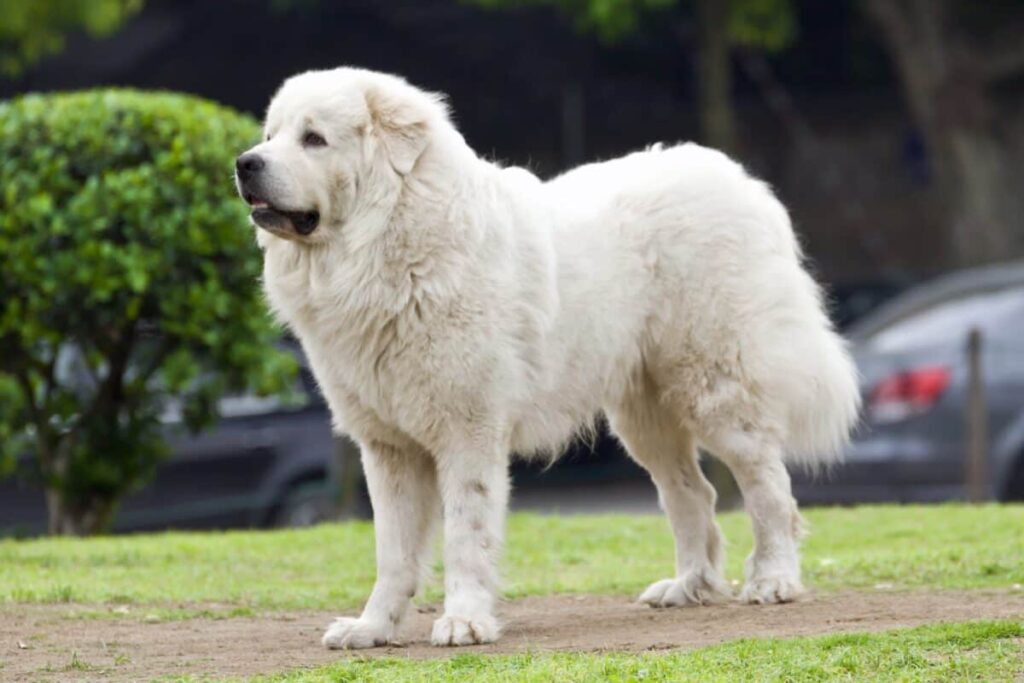
I recommend visiting local breeders and searching through reputable online platforms to get an idea of the current Great Pyrenees price and availability in your local vicinity.
RECOMMENDED ARTICLES
- German Rottweiler Dog: – 5 Best Known Facts and Personality Traits
- 4 Ways On How to Train a German Shepherd to Protect You
- German Shepherd Training Near Me – 8 Exclusive German Shepherd Training Tips
If you Like, Please share it. Sharing is usually Caring.

